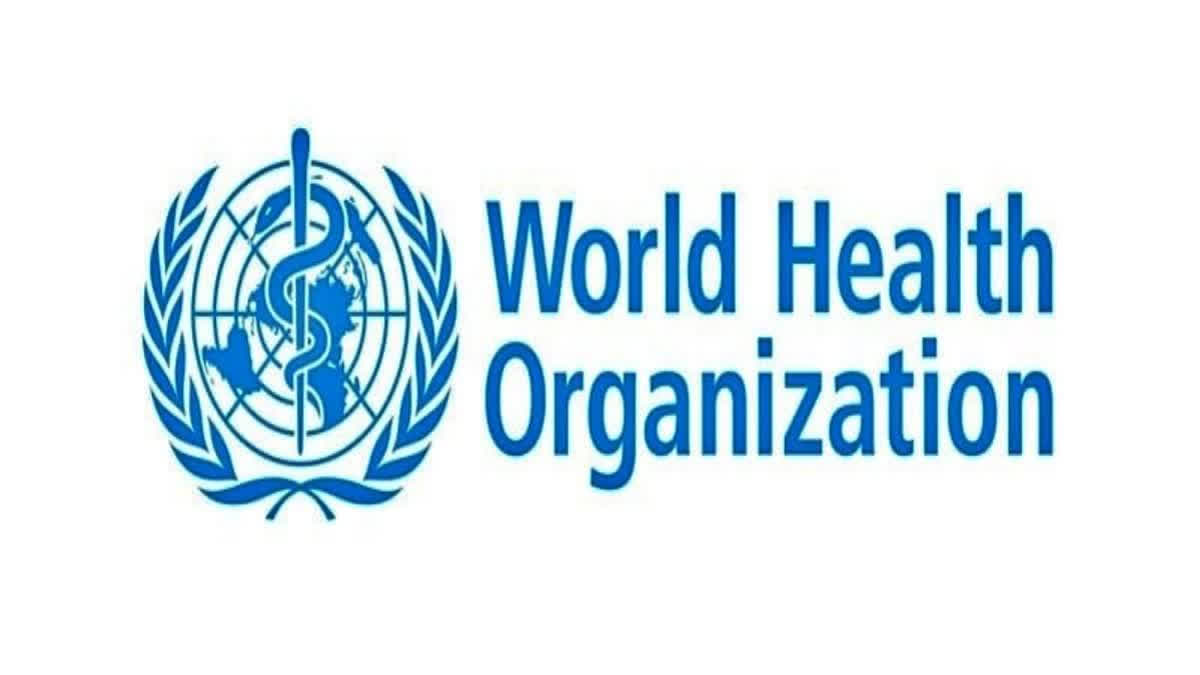New Delhi: Calling for accelerated action against hepatitis to address increasing liver cancer deaths in Southeast Asia, the World Health Organisation (WHO) on Saturday called on countries in the Southeast Asia Region to urgently scale up efforts to provide universal access to prevention, vaccination, diagnosis and treatment of viral hepatitis B and C.
Despite being preventable and treatable, these chronic infections are increasingly causing serious illness and deaths from liver cancer, cirrhosis, and liver failure, the WHO said.
“Today, liver cancer is the fourth biggest cause of cancer deaths in the region and the second most common cause of cancer deaths among men. Almost 75 per cent of liver cirrhosis is due to hepatitis B and C infection,” the global health watchdog said.
In 2022, the Southeast Asia Region accounted for 70.5 million people living with viral hepatitis B and C. Early testing and treatment can cure hepatitis C and prevent hepatitis B from causing liver cirrhosis and cancer and can help reverse the predictions that liver cancer rates in the Southeast Asia Region are set to double by 2050 to over 2,00,000 deaths annually.
“We have the knowledge and tools to prevent, diagnose and treat viral hepatitis, yet people with chronic hepatitis B and C are still waiting to access the services they need. We need to accelerate efforts to deliver equitable services closer to communities at the primary healthcare level,” said Saima Wazed, Regional Director, WHO South-East Asia.
Globally, hepatitis B and C combined cause 3,500 deaths per day, with 6,000 people newly infected with viral hepatitis each day. An estimated 254 million people are living with hepatitis B and 50 million people are living with hepatitis C, worldwide. Many people remain undiagnosed and even when diagnosed, the number of people getting services and receiving treatment remains extremely low.
In 2022, about 1.3 million people died of viral hepatitis, the same as deaths caused by tuberculosis. Viral hepatitis and tuberculosis were the second leading causes of death among communicable diseases in 2022, after COVID-19.
In the WHO South-East Asia Region, the coverage of hepatitis B and C testing and treatment remains low. In 2022, only 2.8 per cent of people with hepatitis B were diagnosed, and 3.5 per cent of those diagnosed received treatment. Only 26 per cent and 14 per cent of people with hepatitis C were diagnosed and treated, respectively.
“We have safe and effective vaccines that can prevent hepatitis B infection. Antiviral drugs are highly effective in controlling and preventing disease progression, managing chronic hepatitis B and curing most cases of hepatitis C. More needs to be done for these life-saving interventions to benefit each person, irrespective of who they are and where they live,” Wazed said.
Hepatitis B and C affect the general population and specific population such as those at higher risk of or with a history of exposure through unsafe blood supplies, unsafe medical injections and other health procedures; newborns and children at risk through mother-to-child transmission of hepatitis B and C, notably in settings with high viral hepatitis prevalence; indigenous population and mobile and migrant population from countries with higher prevalence; and key population, including people, who inject drugs, people in prisons and other closed settings, sex workers and men-who-have-sex-with-men, who may be disproportionately affected in different contexts.
As most people are unaware that they are infected with hepatitis B or C, access to hepatitis testing and treatment needs to be expanded beyond larger hospitals or referral centres. Testing and treatment must be accessible within the community delivered by primary health care facilities and general practitioners, close to where people live and work and included as part of universal health coverage.
Accelerated coverage of testing and treatment of hepatitis B and hepatitis C will reduce the development of liver cirrhosis and cancer, and ultimately, death, Wazed said.
Read more: Head And Neck Cancers On Rise In India, Youth At Key Risk: Experts



